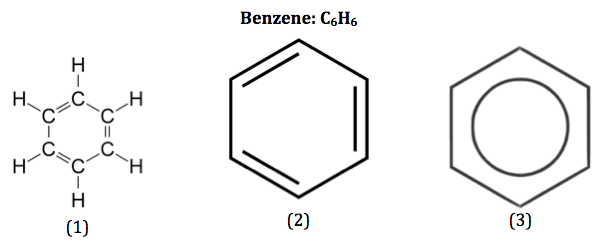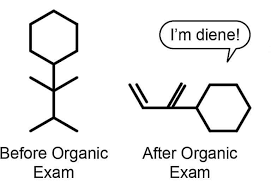The Discovery of Benzene's Structure

Imagine this, a tired chemist dozes of for a few hours only to dream about a snake that is biting its own tail. This dream may sound very bizarre to us but it would later lead to one of the most renowned discoveries in the field of organic chemistry. This forever changed our perspective on the world of molecular structures.
Background
Carbon is one of the most important elements in the field of chemistry. It's tetra valency allows it to be a versatile element that can make single, double and triple bonds.
Scientists like Antoine Lavoisier (French nobleman and chemist) and Wilhelm Scheele (German/Swedish chemist) are credited with important discoveries in relation to carbon. Lavoisier established the law of conservation of mass and also discovered the elements Oxygen and Silicon. He laid the foundation for many of the modern chemistry methods, designed most of his own experiments and equipment and is therefore known as the father of chemistry. Antoine Lavoisier could be said to be the man of chemistry as Isaac Newton is said to be the man of physics.
Benzene
Benzene is the simplest ring-structured aromatic hydrocarbon which has a variety of uses. It is a colourless liquid at room temperature. It has a sweet odor and is highly flammable and volatile.
Benzene is commonly used in industries for producing dyes, detergent, pesticides, drugs etc. It is also found in adhesives, cleaning products and is used as a solvent for fats, waxes, oils and inks.

Discovery of Benzene's structure
August Kekulé was a German chemist who discovered the tetra valency property of the carbon atom. He also visualized the structure of Benzene in 1865 in his dream.
Kekulé himself recounted the events that led to him discovering the structure of the Benzene molecule. In his text he says the following :
''I saw how the larger ones formed a chain, dragging the smaller ones after them, but only at the ends of the chain. I saw what our Past Master, Kopp, my highly honored teacher and friend, has depicted with such charm in his "Molekularwelt"; but I saw it long before him. I was awakened from my dreaming;but I spent a part of the night in putting on paper at least sketches of these dream forms. This was the origin of the Structure-theory....
I was sitting, writing at my textbook; but the work did not progress; my thoughts were elsewhere. I turned my chair to the fire and dozed. Again the atoms were gambolling before my eyes. This time the smaller groups kept modestly in the background. My mental eye, rendered more acute by repeated visions of the kind, could now distinguish larger structures of manifold conformation: long rows, some-times more closely fitted together; all twining and twisting in snake-like motion. But look! What was that? One of the snakes had seized hold of its own tail, and the form whirled mockingly before my eyes. As if by a flash of lightning I awoke; and this time I also spent the rest of the night in working out the consequences of the hypothesis."Let us learn to dream, gentlemen, then perhaps we shall find the truth.... but let us beware of publishing our dreams before they have been put to the proof by the waking understanding."
Essentially, he recalls dozing off in front of a fire and dreams of a snake biting its own tail. This gave him the idea of the structure of benzene, formed like a ring. The alternating structure of the benzene ring distinguishes it from typical hydrocarbons such as methane or propane.





